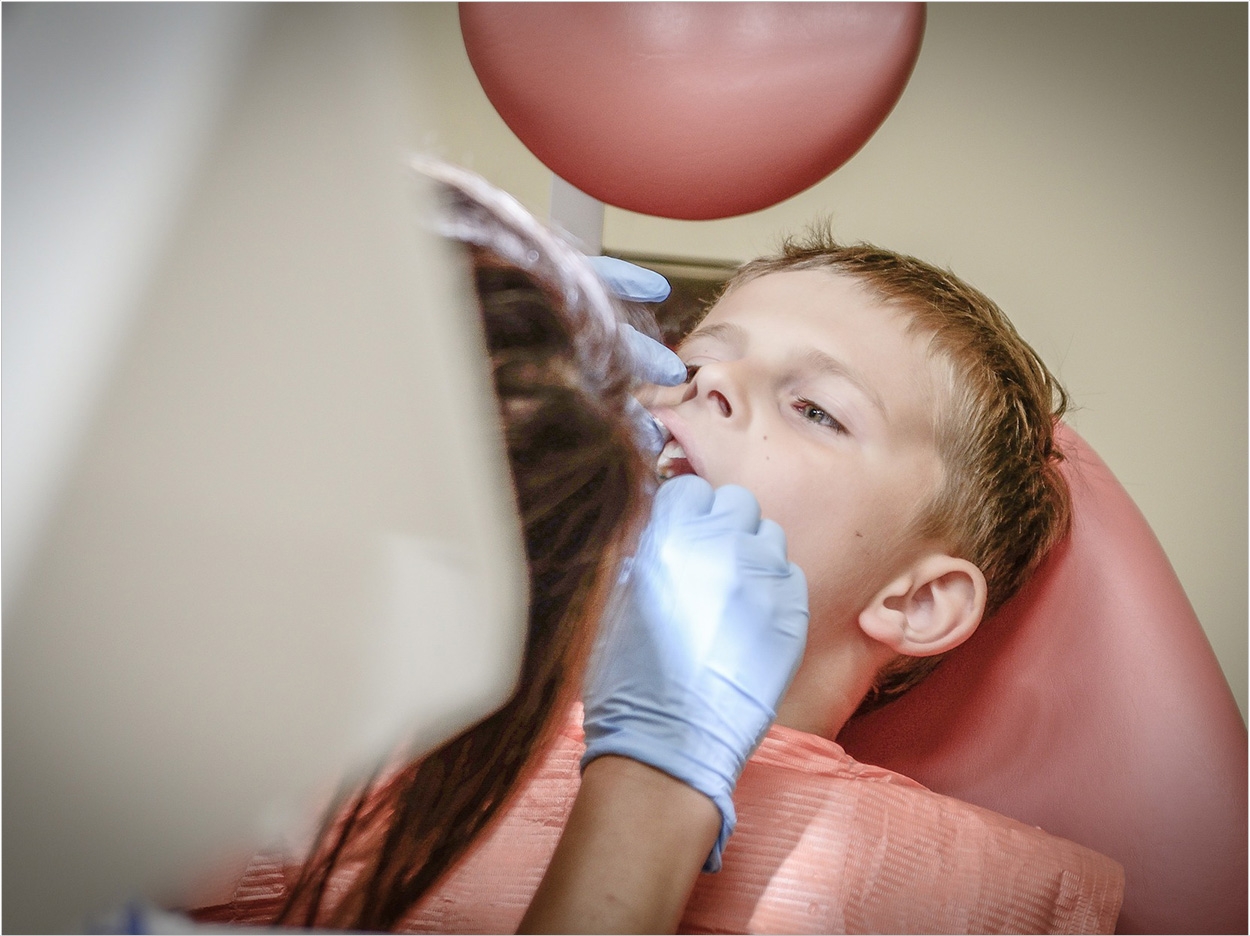
Children who require both dental and non-dental medical procedures should have them completed during a single general anesthesia session whenever possible, recommends the American Society of Anesthesiologists (ASA) based on research that will be presented at its Anesthesiology 2016 annual meeting this week in Chicago.
“While surgery and anesthesia are safer than they’ve ever been, limiting exposure is preferable, especially in children, because there may be sensitivities or a greater risk of anesthesia-related complications,” said Vidya T. Raman, MD, director of pre-admission testing at Nationwide Children’s Hospital and clinical associate professor at the Ohio State University Wexner Medical Center.
“In addition to improving patient safety, we believe combining procedures decreases costs and improves patient satisfaction,” said Raman, who also was the lead author of the study.
Some children require general anesthesia during restorative dental procedures such as tooth extractions and capping. When possible, the researchers stated, these procedures should be performed with other interventions requiring general anesthesia such as tonsil removal, ear tube insertions, and magnetic resonance imaging (MRI), which requires children to be still.
During the study, 55 children had a dental procedure combined with another non-dental medical procedure under one anesthetic. Only 7 of them (13%) saw complications such as vomiting, pain, fever, and pneumonia. Of those, 4 (7%) required unplanned admission to the hospital. Most of those patients were at increased risk of hospitalization because of severe systemic disease, Raman said.
Additionally, combining procedures saved an average of 30%, leading to a savings of approximately $165,000 for the 55 cases, the researchers said. The joint procedures also enabled these patients to be treated in a single visit instead of during the course of weeks or months.
Physicians can use electronic medical records to identify the recommended procedures that can be performed safely at the same time, Raman said. Everyone involved, including dentists, physicians, and parents, should be aware of all upcoming surgeries the child requires and communicate with all parties, Raman said.
However, she added, procedures that are more urgent and vital should be performed first to ensure safety without being combined, such as surgeries with an increased infection risk, spinal fusion, and heart surgeries.
“It can be logistically complex to schedule several procedures at once,” Raman said, “but combining them can decrease costs and pleases parents because their children don’t have to undergo multiple recoveries and can return to school and activities faster.”
Related Articles
Single Anesthesia Dose Poses No Cognitive Danger to Children
Alliance Calls for More Awareness of Anesthesia’s Risks in Pediatrics
Nasal Spray Anesthesia Deemed Safe and Effective in Phase 3 Trial


